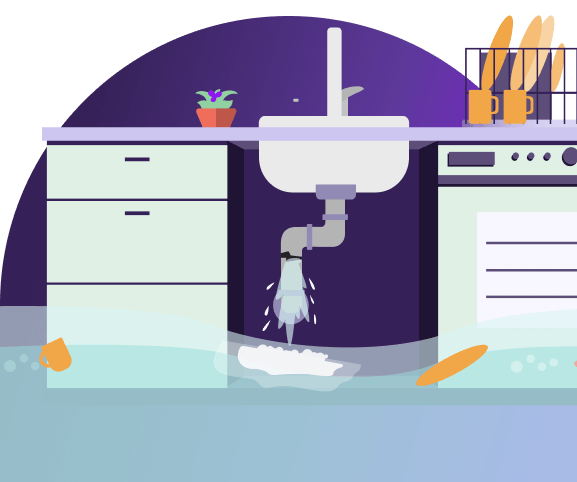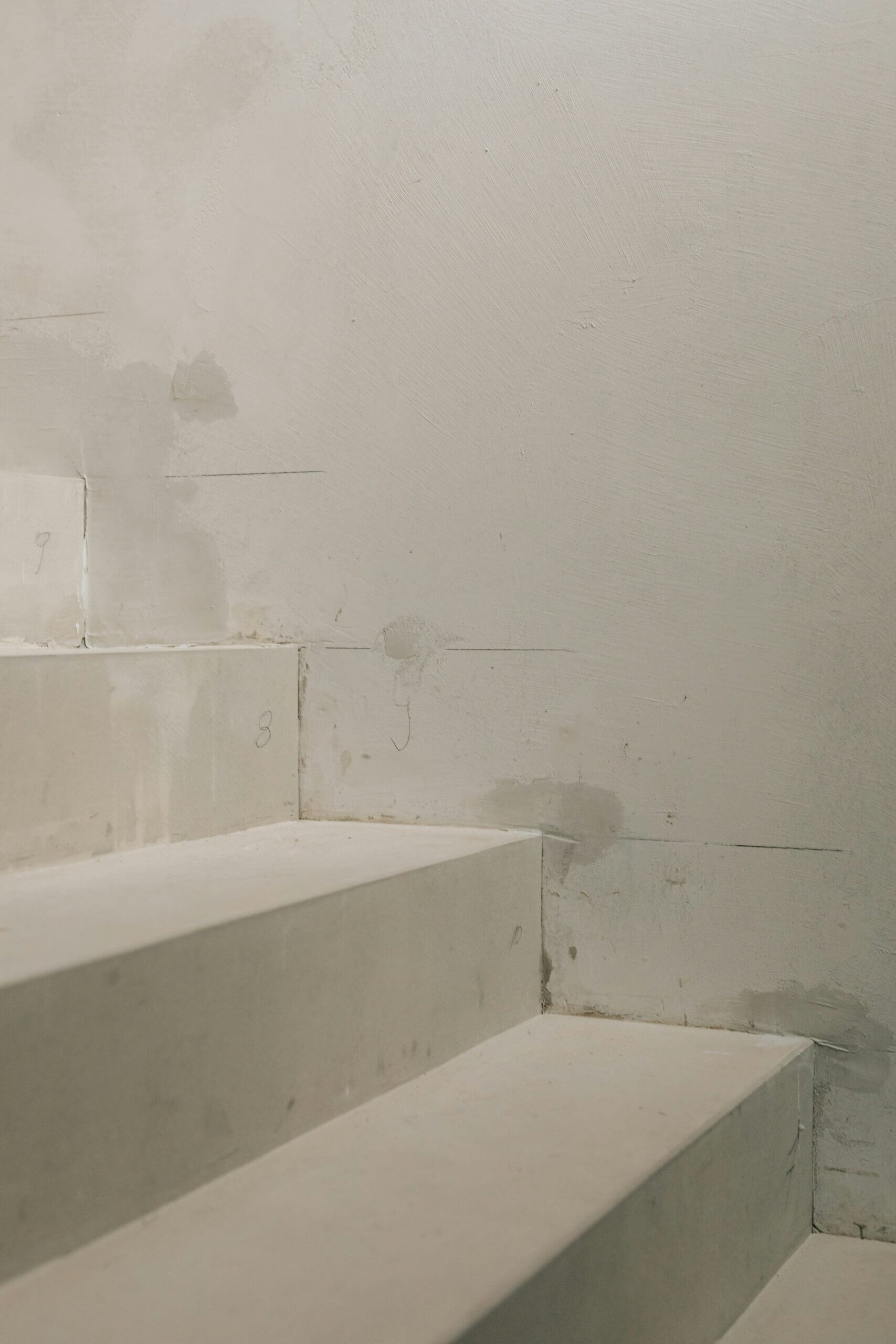Understanding Water Damage Restoration and What It Costs
It is every homeowner’s nightmare. You return home after work or from vacation to find a wet floor, ceiling, or standing water. Water restoration is one of the most frustrating and potentially expensive home repairs for homeowners. Damage can evolve from bad to worse in minutes, with repair costs adding up quickly.
This guide will walk you through water damage repair costs and how they are classified. We break down repair costs by project type and the severity of the damage. You will also learn what factors impact costs the most and measures you can take today to prevent water intrusion in the future.
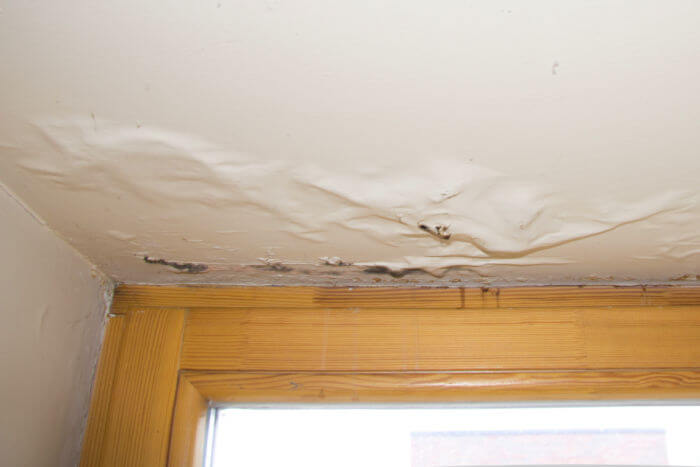
Water Damage Restoration Costs
The average cost to repair your home from water damage is $3 to $7.50 per square foot. Total project costs range from $1,300 to $6,500, with an average cost of approximately $3,900. Water damage restoration costs can vary significantly due to many different variables, including where the damage is located, the source and level of water contamination, affected materials, and the severity of the damage.
Water Repair Cost by Type or Area
The location and type of water damage affect repair costs the most. The process to repair damage is generally similar for each area, varying depending on the type of materials affected. Here is a breakdown of the most common types of water damage and their average costs:
| Type or Location of Repair | Average Cost |
|---|---|
| Basement/Foundation | $1,300 to $8,300 |
| Bathroom Fixtures | $140 to $700 |
| Ceiling | $300 to $2,500 |
| Flooring | $200 to $2,500 |
| Mold Remediation | $1,400 to $4,600 |
| Pipes and Plumbing | $400 to $3,000 |
| Roof | $600 to $1,500 |
| Walls | $400 to $2,700 |
- Basement/Foundation Repair: Typical issues include cracks in the foundation, groundwater intrusion, damaged drainage systems, plumbing leaks, and poor grading.
- Bathroom: A bathroom is a high-moisture area with several plumbing fixtures and is prone to water damage. Leaky faucets, toilets, sinks, bathtubs, and pipes are common. Cracked tiles and grout, improper seals, clogged drains, and poor ventilation can affect walls, ceilings, floors, and vanity fixtures.
- Ceiling: Ceiling damage is the result of a larger problem coming from above. Depending on its location in the home, ceiling damage may come from a leaky roof or bathroom, pipes running between floors, or appliances.
- Flooring: Appliance and plumbing leaks are the most common sources of flooring damage, followed by flooding, poor ventilation, or improper installation or sealing.
- Mold: Water leaks, water intrusion, and poor ventilation can all lead to mold growth in an area of the home.
- Pipes and Plumbing: Plumbing issues are a typical culprit of water damage. Burst or leaky pipes, aging or faulty plumbing fittings, water supply line problems, and sewer line backups are some of the most common.
- Roof: Aging materials (more than 20 years), missing shingles or tiles, and damaged flashing leave a roof vulnerable to water leaks. Clogged or poorly installed roof gutters, faulty seals, and inadequate attic ventilation are also common roofing problems from water and moisture.
- Walls: Water damage to exterior and interior walls comes from old siding material, poor drainage, clogged gutters, roof and plumbing leaks, poor window and door seals, and HVAC issues.
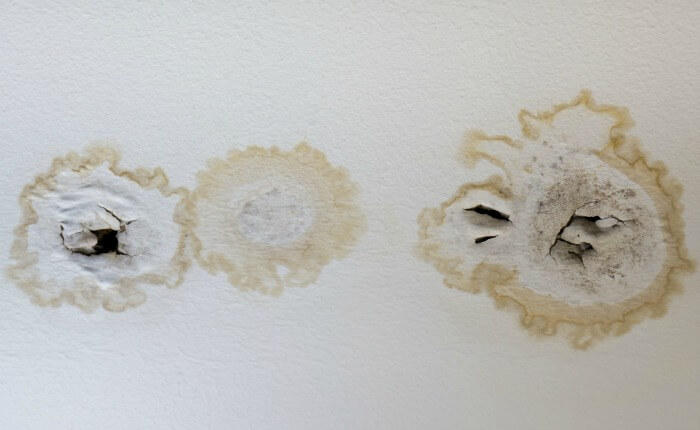
Repair Cost by Water Type
Water restoration projects are often tiered and priced according to the water’s source, level of contamination, and the extent of the damage.
Here’s a quick look at the average water damage repair costs by category or water type:
| Category | Water Condition/Source | Average Cost per Sq. Ft. |
|---|---|---|
| 1 - Clean | Least contaminated (broken supply lines, fixture leaks, etc.) | $3 to $4 |
| 2 - Gray | Moderately contaminated (baths, showers, appliances, etc.) | $4 to $6 |
| 3 - Black | Highly contaminated and toxic (sewage lines, flood water, etc.) | $7 to $7.50 |
Water damage repair costs are also determined by class, or the size of the affected area and the level of water absorption of the materials:
| Class | Description | Average Repair Cost |
|---|---|---|
| Class 1 | Minor damage (part of a room, low moisture absorption) | $150 to $500 |
| Class 2 | Major damage (entire room, moisture absorption in flooring and walls) | $500 to $1,000 |
| Class 3 | Severe damage (entire room or multiple rooms, water from the ceiling, high moisture absorption) | $1,000 to $3,200 |
| Class 4 | Disaster (major water absorption, structural issues, specialty drying and remediation) | $20,000 to $100,000 |
Factors That Influence Costs
Because of the different variables involved, there is a wide range in water restoration costs. Here are the primary factors to consider:
Extent of the Damage
The location and severity of the water intrusion affect the type of labor required and the amount of materials that need to be repaired or replaced. As we mentioned above, water restoration repairs are often categorized by class and category. A larger number means the water contamination or severity of the damage is high, which typically results in higher repair costs.
Location and Climate
Local climates make homes vulnerable to specific types of water intrusion. Hurricanes and flooding in the Southeast and ice accumulation in the Northeast and Midwest are a few examples of region-specific water damage. Restoration costs will be higher in areas that experience more severe and catastrophic weather events.
Local Labor Rates
The class and category of a home’s water damage determine the type of contractors required for repairs. Plumbing, roofing, drywall, mold remediation, and flooring contractors often have different rates depending on the region and contractor availability.
Emergency vs. Regular Hourly Rates
Are you calling a plumber during normal business hours or at 2:00 a.m.? Emergency repairs are unfortunately needed, depending on the source and severity of the problem. After-hours or emergency service is more expensive and can run between 25% to 75% more than standard rates. Holiday rate charges are often higher, with some contractors charging 100% or more.
Insurance or Home Warranty Coverage
Depending on the source of the water damage and your insurance or home warranty policy coverage, your carrier may cover a portion or all of the repair costs. Review your homeowner’s insurance or home warranty policy to determine what damage types and items are covered before submitting a claim.
Additional Cost Considerations
Depending on the type and class of a home’s water damage, there may be a few additional costs required to repair your property.
- Personal Property Damage: Personal belongings may also be damaged. The cost of replacing sofas, clothing, shoes, and personal items should also be considered.
- Wall Replacement: If water damage is significant, a portion or an entire exterior or interior wall may need to be replaced or rebuilt.
- Ceiling Repair or Replacement: Ceiling repair costs may vary considerably depending on the scope of water damage. For minor issues, it can involve drying, replacing the damaged section, texturing, sanding, and repainting. To repair major damage, a full replacement may be necessary.
- Flooring Repair or Replacement: Repair requirements for flooring depend on the type of material and the extent of the damage. The category or type of water will also determine if the flooring material, underlayment, and subfloor are salvageable.
- Temporary Housing Expenses: Depending on the location and extent of the damage, your household may have to live off-property during repairs. Living expenses can add up quickly, however, many homeowners’ insurance policies include loss of use coverage for temporary housing, food, and other essentials.
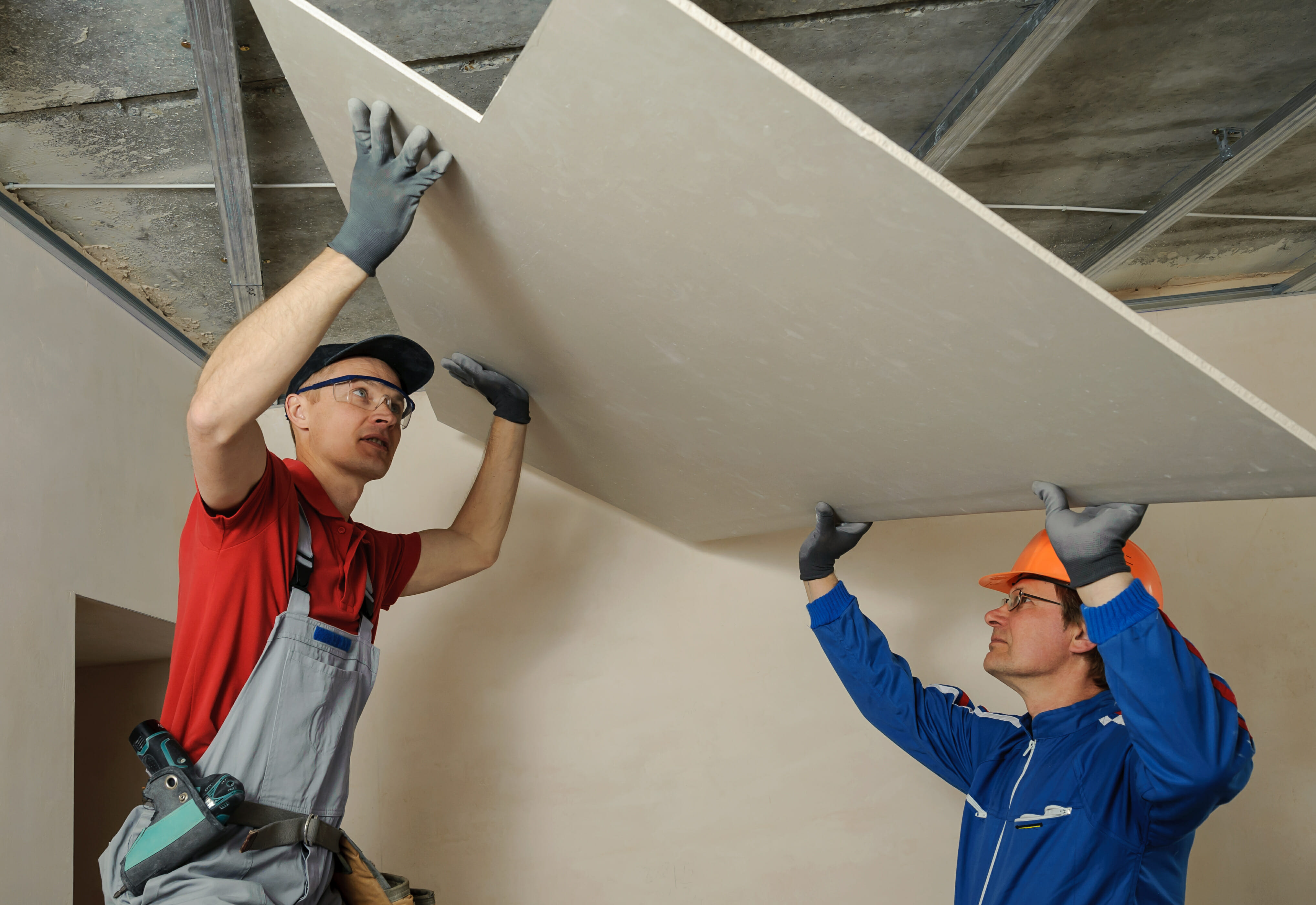
How to Prevent Water Damage
While you can’t control the weather, there are measures you can take to make your home more watertight and less prone to water intrusion.
- Basement Waterproofing: Make your home’s basement or crawl space resistant to hydrostatic pressure by waterproofing its exteriors and interiors. Landscape grading, sump pumps, wall vapor barriers, and internal drainage systems are a few waterproofing measures an experienced contractor can install.
- Plumbing Inspections: Hiring regular inspections by a licensed plumber can prevent a host of issues. They will look at fixtures, pipes, the water heater, and supply lines to check for leaks, cracks, and corrosion. They will also check that valves, fittings, and other components function properly.
- Regular Attic and Basement Checks: Go into your attic or basement when it is raining to look for wet areas, leaks, and any standing water. Early detection can save significant money in restoration costs.
- Gutter Maintenance: Clogged or broken gutters can no longer move water away from your home, making the roof, windows, siding, and foundation vulnerable to damage. Clean them at least once per year or more frequently if you live near lots of vegetation. Consider gutter guards to keep out leaves, debris, and pests.
- Roof Inspections: Walk the roof or hire a professional to inspect it, checking for broken or missing shingles or tiles. Ensure roof flashing and gutters are in good condition and remove any debris, including vegetation and moss growth.
- Check Window and Door Seals: Windows and doors are a common source of water intrusion. Inspect them each season, paying attention to caulking, flashing, and moisture between glass panes.
Including these measures in your regular home maintenance can prevent problems before they happen, lessen the severity of the damage, and cost less to repair. Given the nature of water damage and the potential dangers it causes, we recommend hiring a professional contractor for consultations and making the necessary repairs.
